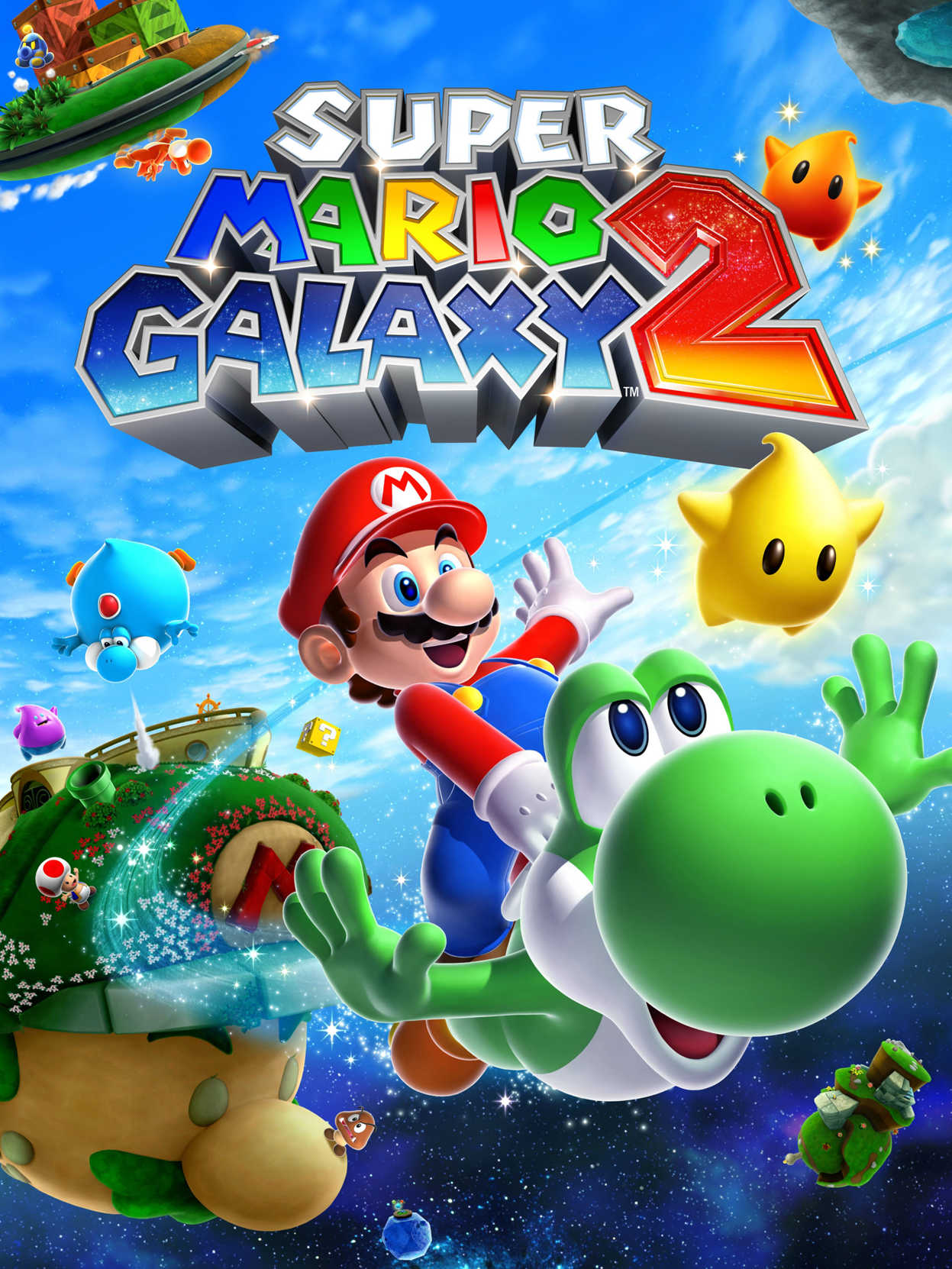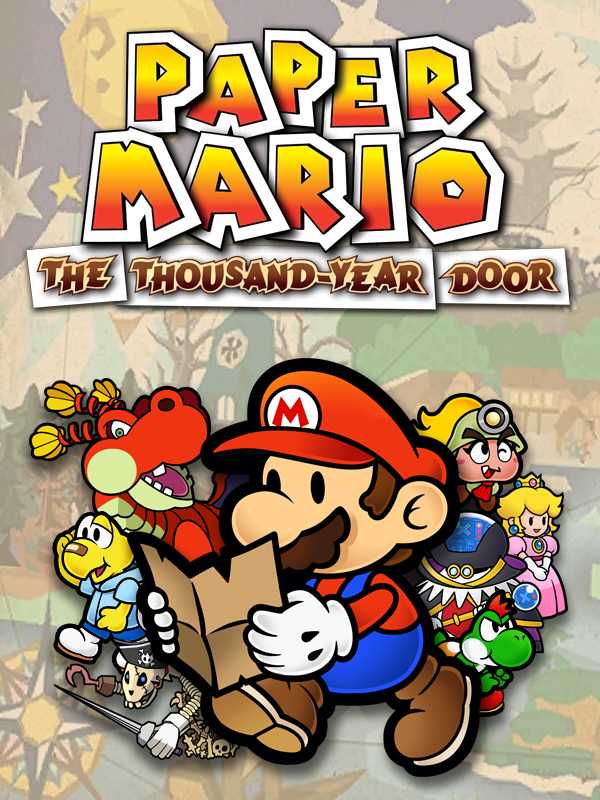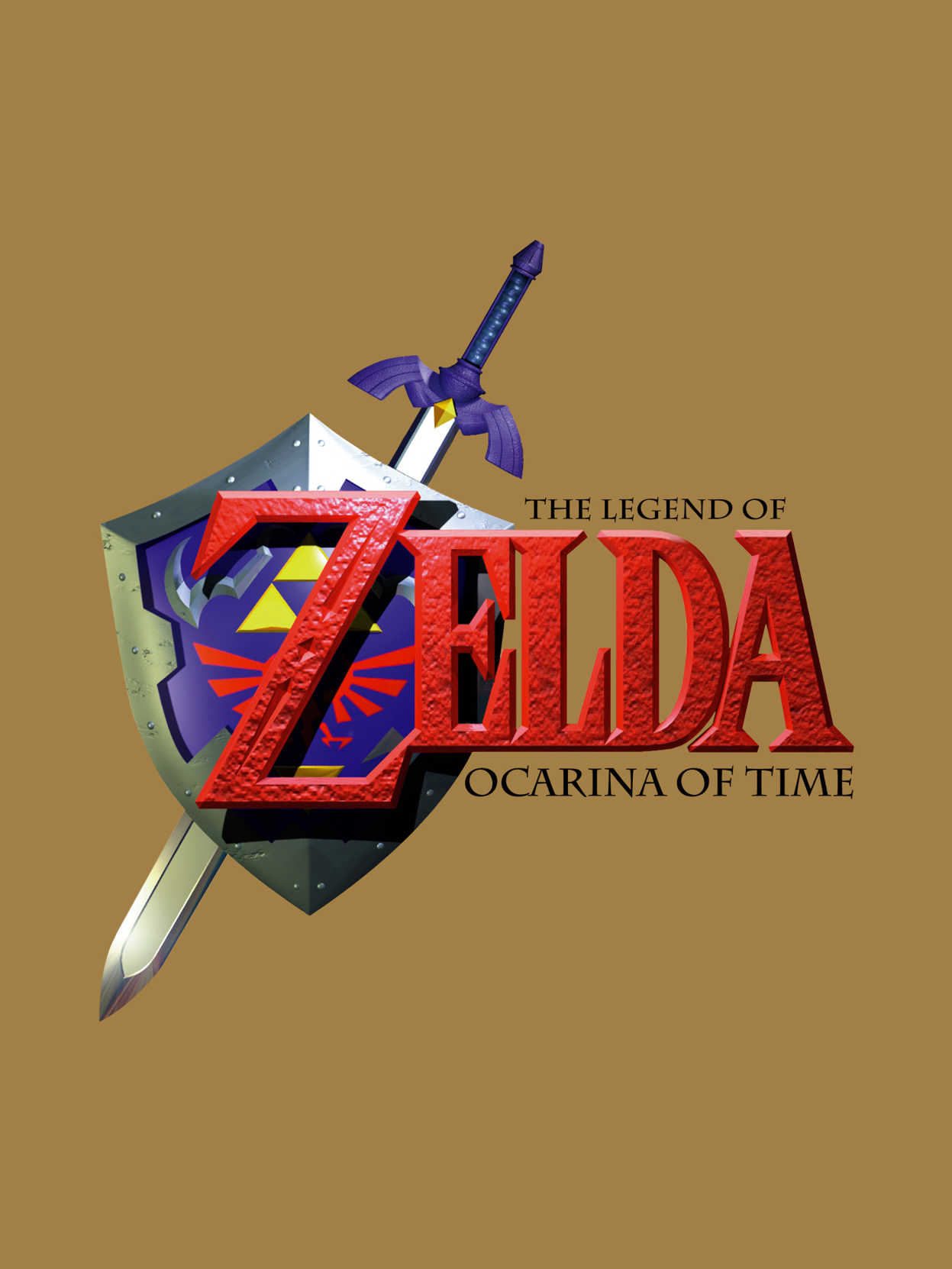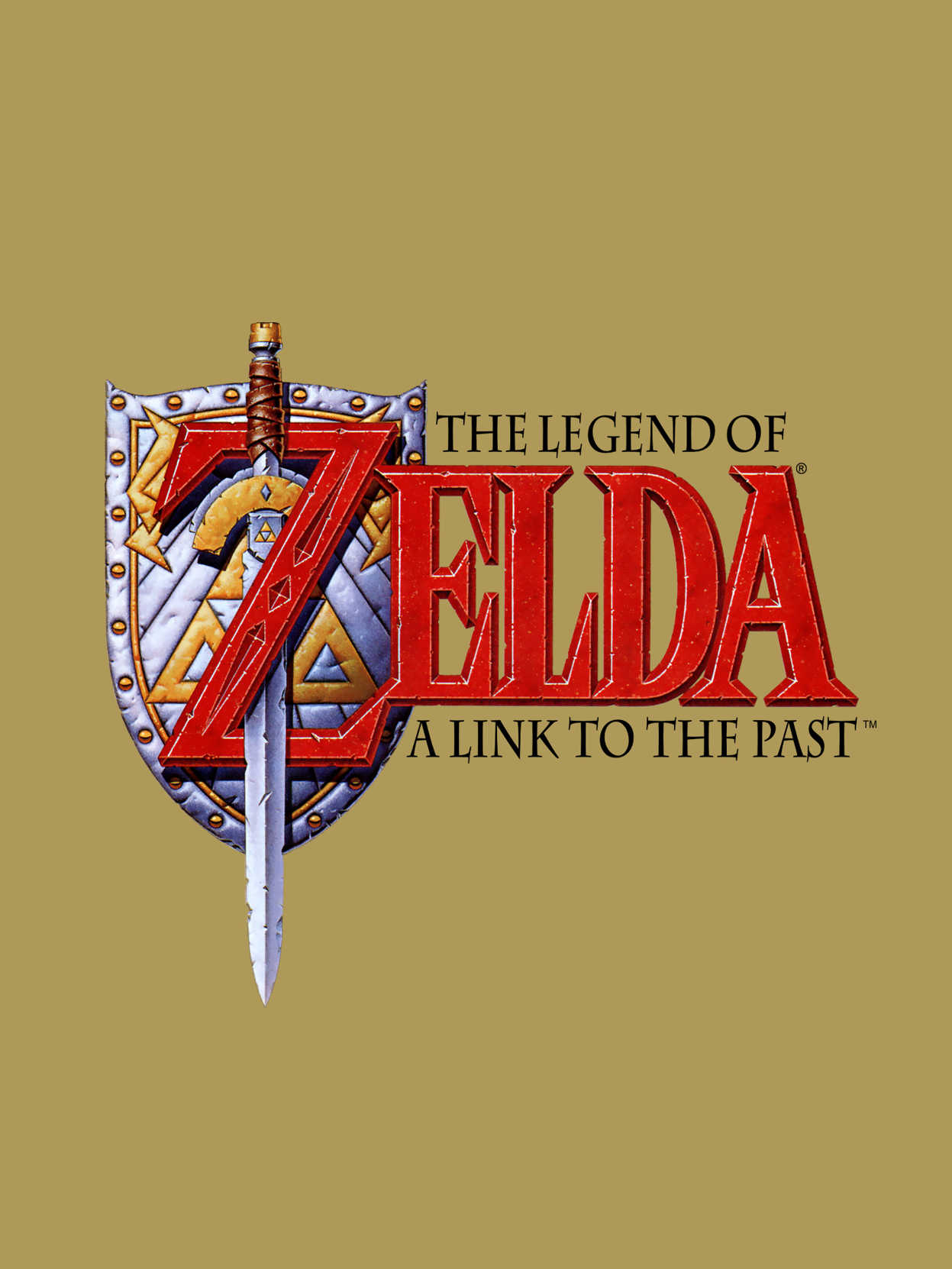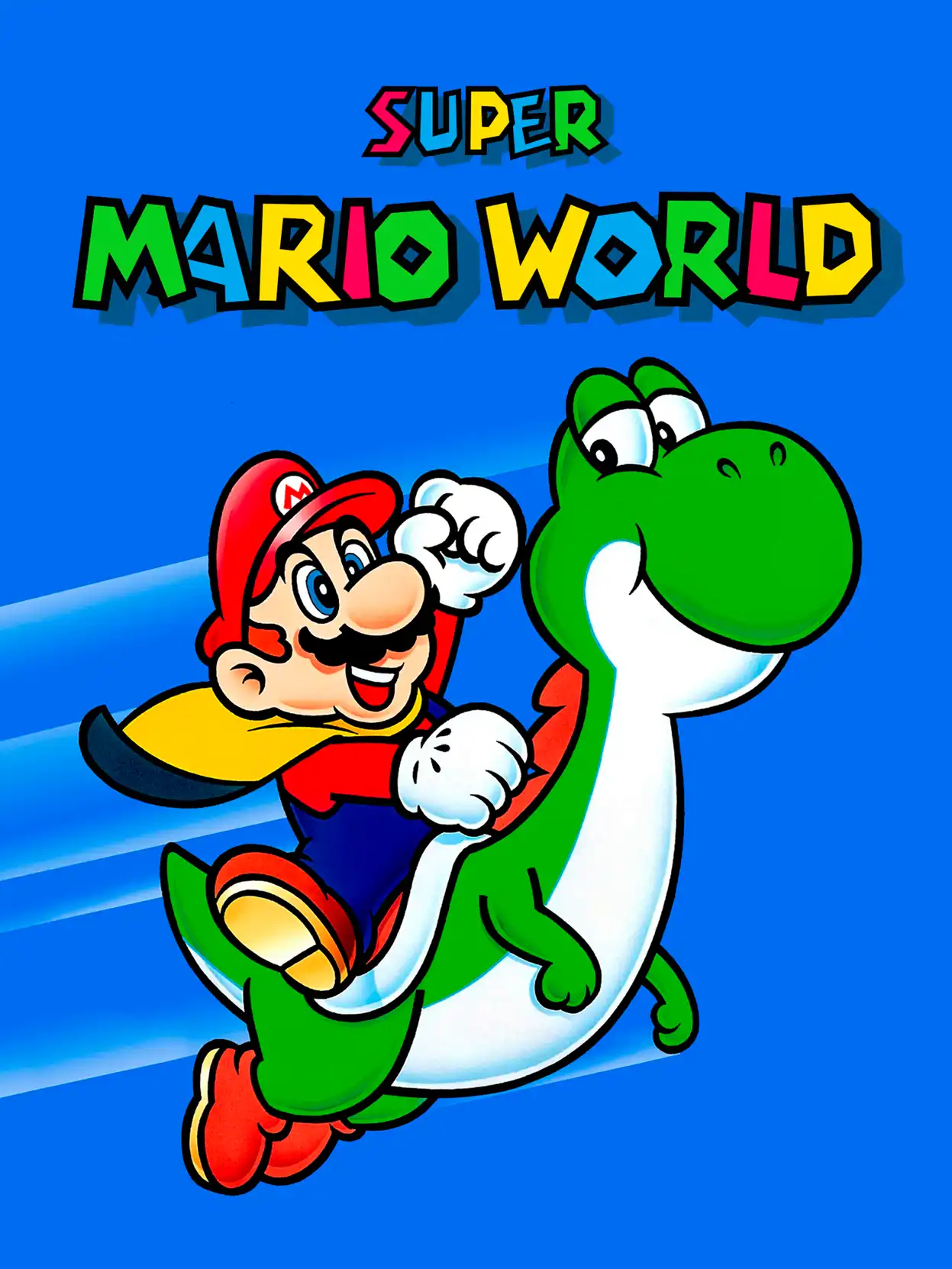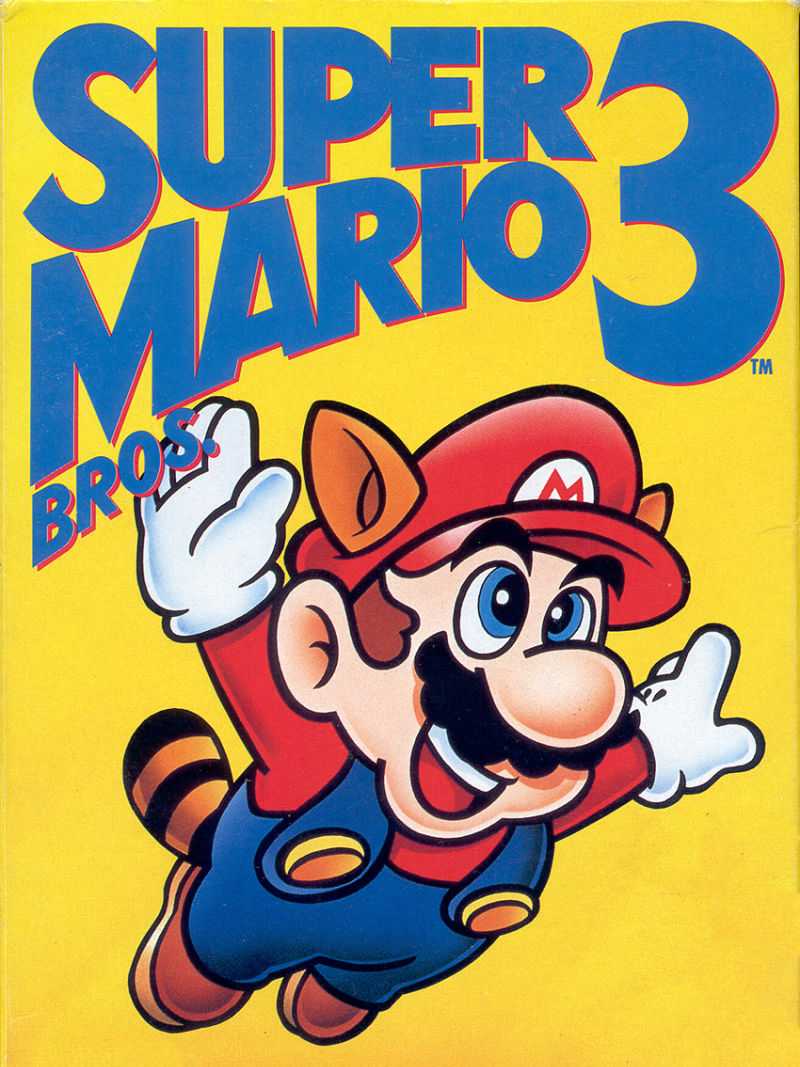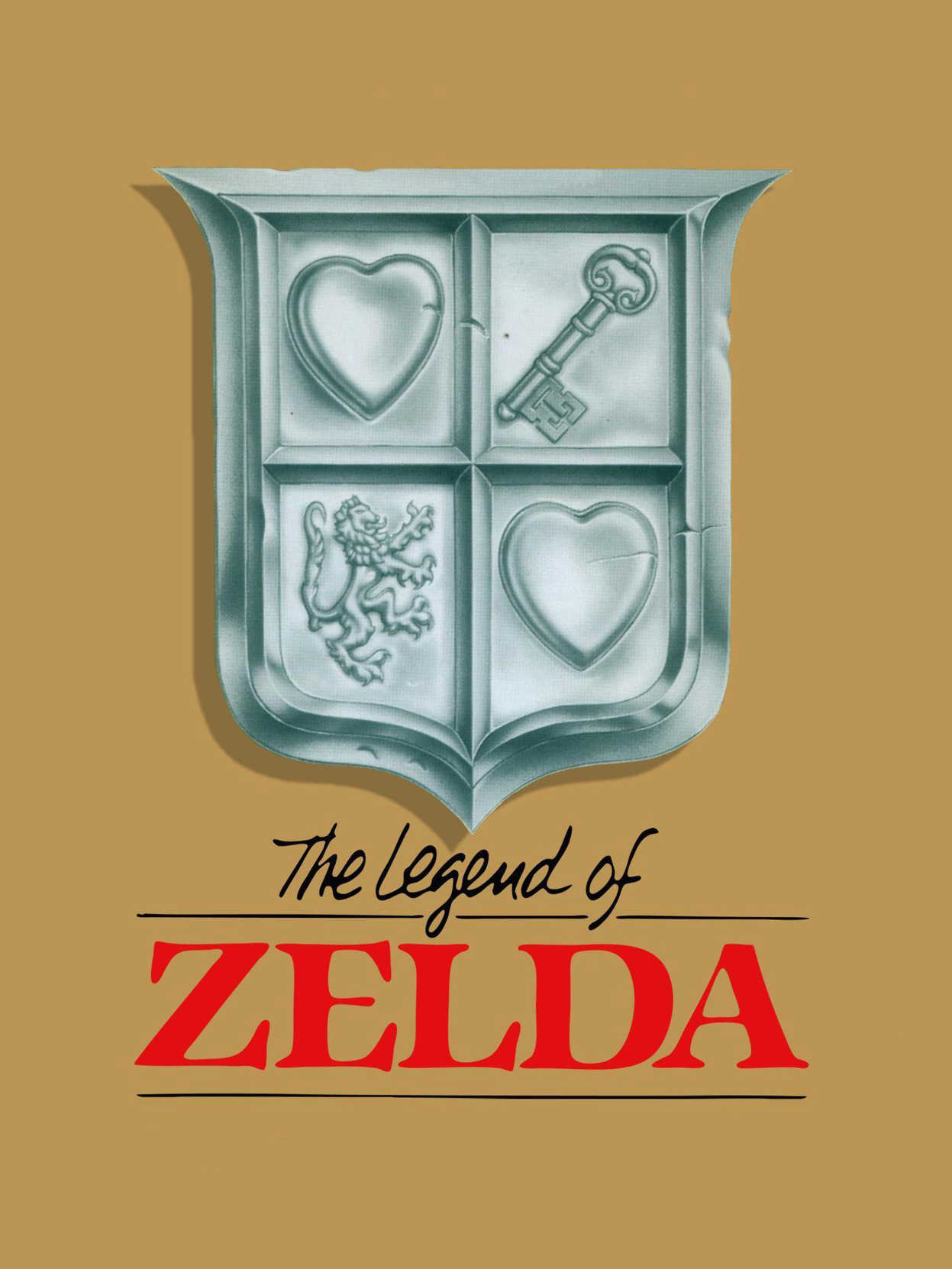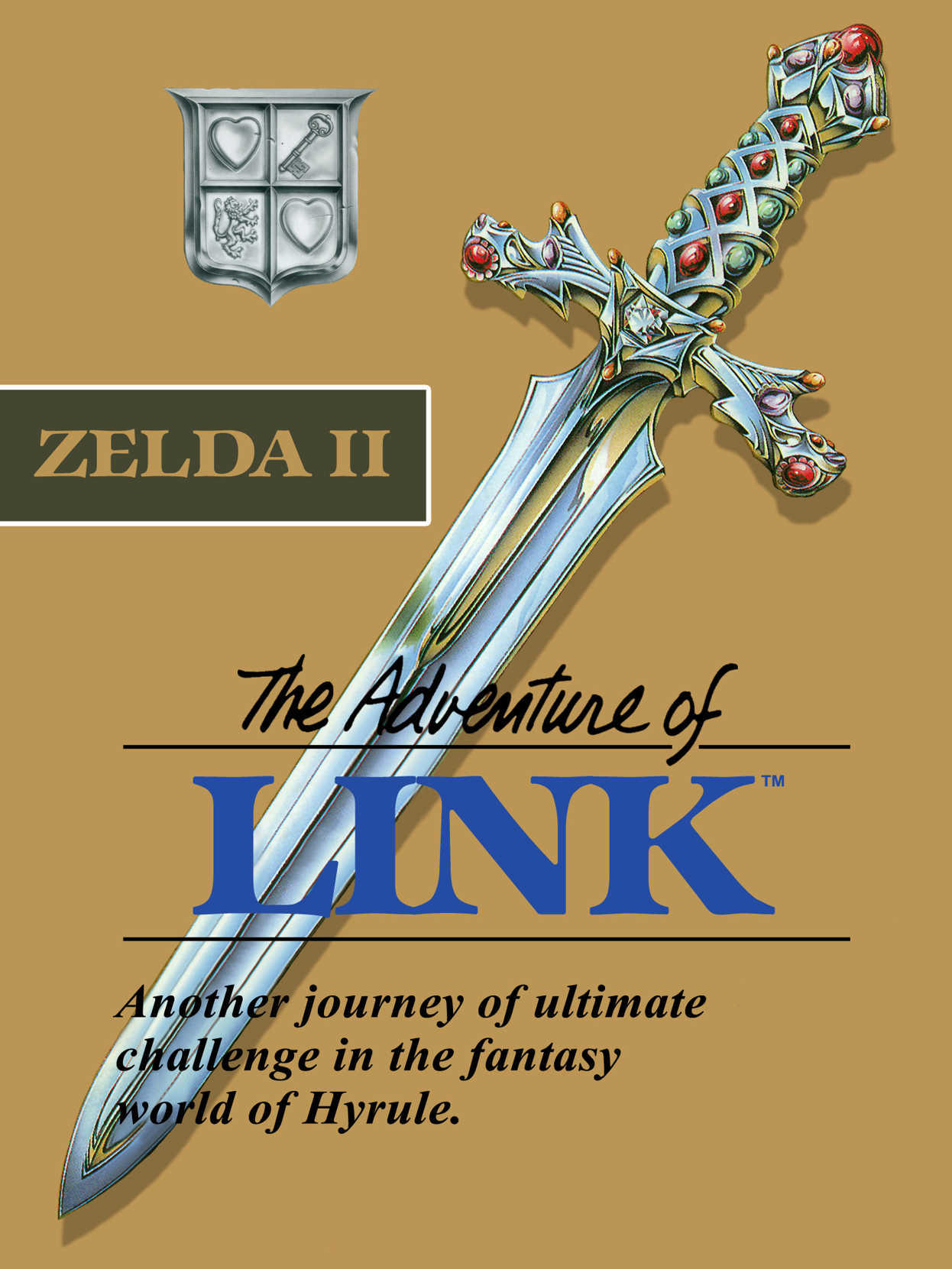If you found this page, you're probably wondering, what are the best games like Super Mario Bros.. Luckily, we have prepared for you 10 games similar to Super Mario Bros. in terms of genre, gameplay, and visuals. You should check out these titles, and, thanks to GameScribe, you can get them at the lowest price!
Shop with GameScribe, Save More
Compare prices from over 10 game stores and find the best deals on the games you want to buy.
Super Mario 3D World is a 3D platformer action game for the Wii U, and a follow-up of the Nintendo 3DS installment Super Mario 3D Land. The game builds upon the previous installment, following a similar 3D level-design convention inspired from the 2D platformer titles where players must navigate through a linear-designed level within a time limit to reach a level's Goal Pole. One key aspect introduced in this title is the simultaneous multiplayer: while not the first game in the series to do so, it is the first 3D title in the Mario series to incorporate up to four players cooperating with each other to reach the goal. Players can select their character from a pool of playable characters prior to starting the game, and each of these characters have their own unique playstyle that gives them advantages and disadvantages over other characters. The game makes use of several Wii U exclusive features, such as tapping blocks with the touch screen on the GamePad and blowing into the mic to reveal hidden items and blow away enemies. Various new power-ups are introduced in this title, with the trademark suit being the Cat power-up, which enables characters to perform a melee attack, climb up walls, and leap while midair, as well as the game generally having a cat-based theme.
Super Mario Galaxy 2 is the sequel to Super Mario Galaxy and the fourth 3D platformer entry in the Mario franchise. The sequel retains many elements from its predecessor, such as the adventure being in outer space, the element of gravity, and recurring objects such as Launch Stars and Sling Stars. Returning items include the Bee Mushroom and the Fire Flower. However, the game introduces new elements as well, such as the utilization of Yoshi, new power-ups like the Cloud Flower, and the use of a guide within the game for beginner players.
What sleeps behind the door? Time passes, the pages turn… and a new chapter unfolds in an unfamiliar land! Get ready for a two-dimensional role-playing adventure for the ages as Mario returns to paper form to discover a mystery that sleeps behind an ancient, legendary portal called the Thousand-Year Door. The quest is long, the dangers many, and this time, Mario will have to make full use of his papery qualities just to survive.
The Legend of Zelda: The Minish Cap is a top-down action adventure game that tells the origins of the evil Vaati from Four Swords. Like most other titles in the series, The Minish Cap features the fully explorable land of Hyrule, although it can be viewed from the eyes of a human or the eyes of a Minish, a race of tiny people and an alternate form that Link can transform into. Unlike the multiplayer focus of the other games in the series, The Minish Cap retains the original form of exploration and dungeons as seen in A Link to the Past, Oracle of Seasons, and Oracle of Ages, as well as returning characters and game mechanics such as Malon and the Spin Attack. New features include fusing Kinstones and shrinking to the size of a Minish.
The Legend of Zelda: Ocarina of Time is the fifth main installment of The Legend of Zelda series and the first to be released for the Nintendo 64. It was one of the most highly anticipated games of its age, and is listed among the greatest video games ever created by numerous websites and magazines. The gameplay of Ocarina of Time was revolutionary for its time, it has arguably made more of an impact on later games in the series than any of its predecessors even though they had the same cores of exploration, dungeons, puzzles and item usage. Among the gameplay mechanics, one of the most noteworthy is the time-traveling system. The game begins with the player controlling the child Link, but later on an adult Link becomes a playable character as well and each of them has certain unique abilities. Ocarina of Time also introduces the use of music to solve puzzles: as new songs are learned, they can be used to solve puzzles, gain access to new areas and warp to different locations. Dungeon exploration is somewhat more puzzle-oriented than in earlier games but they are not too complex.
Venture back to Hyrule and an age of magic and heroes. The predecessors of Link and Zelda face monsters on the march when a menacing magician takes over the kingdom. Only you can prevent his evil plot from shattering the land of Hyrule. In your quest, you'll venture into twisting mazes, dungeons, palaces and shadowy forests. Test your mettle with mighty swords and magical weapons. Or heft a boulder and hurl it at your enemies. If the going gets tough, dive into a river - you can swim to escape! Learn powerful spells, locate magical artifacts and solve the mysteries of the evil magician and the hidden realm of Hyrule.
A 2D platformer and first entry on the SNES in the Super Mario franchise, Super Mario World follows Mario as he attempts to defeat Bowser's underlings and rescue Princess Peach from his clutches. The game features a save system, a less linear world map, an expanded movement arsenal and numerous new items for Mario, alongside new approaches to level design and art direction.
Super Mario Bros. 3, the third entry in the Super Mario Bros. series and Super Mario franchise, sees Mario or Luigi navigate a nonlinear world map containing platforming levels and optional minigames and challenges. The game features more diverse movement options and new items alongside more complex level designs and boss battles.
The Legend of Zelda is the first title in the Zelda series, it has marked the history of video games particularly for it's game mechanics and universe. The player controls Link and must make his way through the forests, graveyards, plains and deserts of the Otherworld to find the secret entrances to the eight dungeons and try to restore the broken Triforce. Among the game's mechanics, it was the first time we saw a continuous world that could be freely explored, power-ups that permanently enhanced the main character's abilities and a battery save feature that allowed players to keep their progress instead of having to start over. The gameplay balanced action sequences with discovery, secrets and exploration.
Zelda II: The Adventure of Link is the second major installment in The Legend of Zelda series and the direct sequel to the first game. Like its predecessor, it features dungeons that must be located in the overworld and searched for an item that will prove useful. However, the game presents many very important gameplay changes compared to the previous one, affecting especially the movements and the combat. Moving around the world map involves encounters with enemies that take place on a side-scrolling playfield rather than the top-down perspective for which the series became known.

